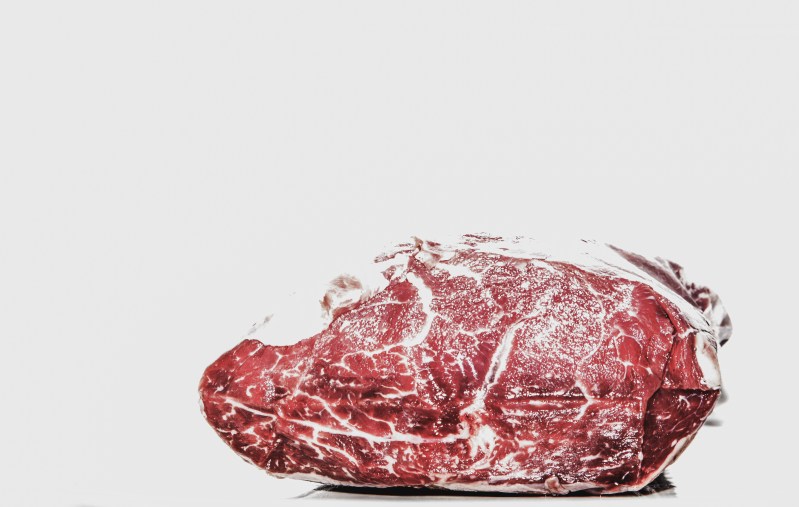
The butcher counter can be an intimidating place. After all, not everyone who’s in the market for a good steak knows exactly which cut to buy, or how exactly it should be prepared. The culinary world is a big one, with many possibilities, and the butcher counter is where it all begins.
These are a few tips to keep in mind the next time you find yourself wandering aimlessly past the pork chops, wondering how in the world to order.
Ask the butcher to do the hard work
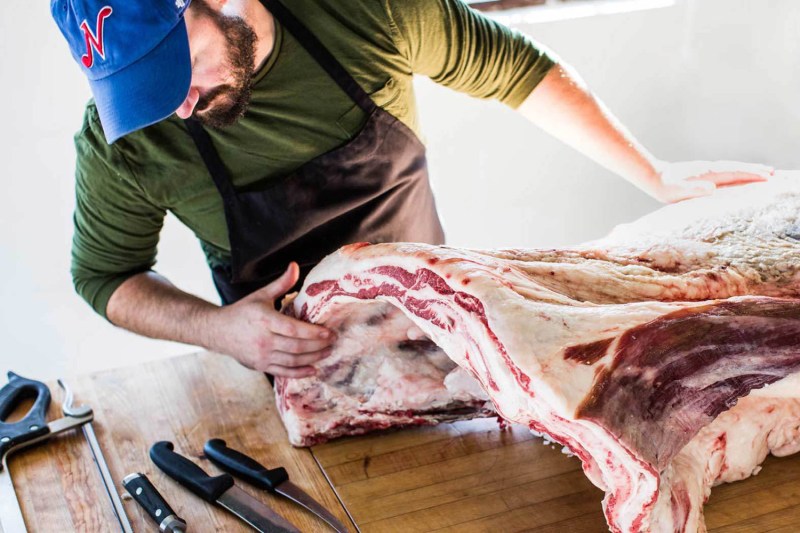
The butcher behind the counter is being paid to prepare your meat for you. Take advantage of this! All too often, we forget that our aproned friends are there to clean, trim, de-bone, truss, and tenderize. If you’re unfamiliar with any of these steps – or even if you are – why not let someone else do the legwork?
Buy the whole chicken
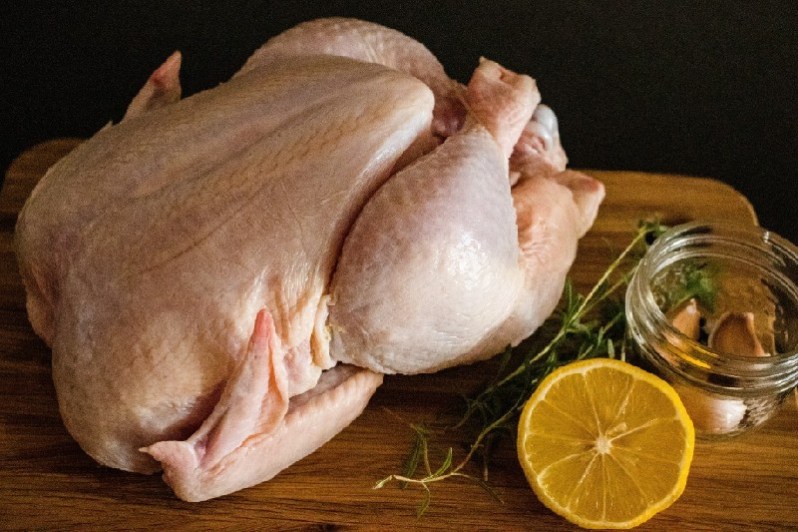
One of the first things they teach you in culinary school is how to break down a whole chicken. There are several reasons for this. Firstly, it’s a very useful skill, not only when training to be a chef, but in life in general. Second, it’s a pretty simple task, and generally, in school, you start with the basics.
Learning to break down a chicken into its eight basic cuts will serve you both in the kitchen, and in the money-saving department. Not only that, but you’ll end up with an assortment of chicken cuts to cook with all week, rather than just a boring bulk package of skinless breasts.
Ground beef is your friend
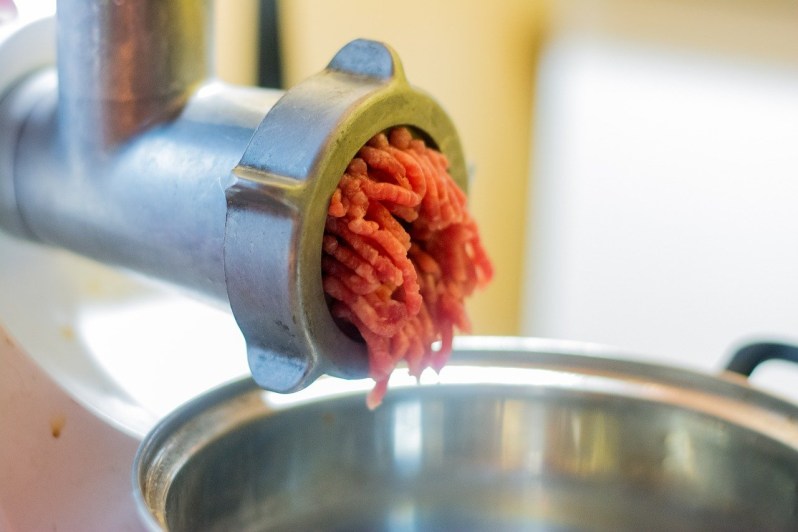
Ground beef is wonderful for both its versatility and its ability to freeze beautifully. Very few types of meat can freeze as well as ground beef, then transform itself into such an array of dishes.
When selecting ground beef, pay attention to fat content. I grew up in a home that incorrectly assumed leaner was better in all cases because it’s more expensive. That was a lesson I had to unlearn the hard way. Fat is delicious, and there’s nothing worse than a dry, flavorless hamburger. Consider what you’re cooking, and choose your fat content accordingly.
Marinades make cheap cuts taste expensive
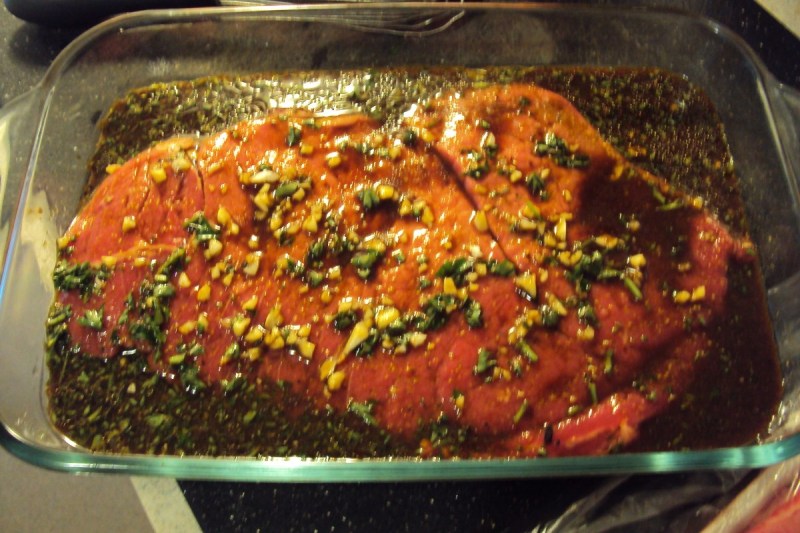
The magic of the marinade is truly that – magical. A good marinade takes a cheaper cut of meat and turns it into a tender, flavorful meal. The five key components of a good marinade are acid, fat, salt, flavor, and time. Within these perimeters, flavors can be adjusted accordingly, but if you take the time to marinate your less expensive cut of meat, you’ll end up with something that tastes much more expensive.
Use your senses
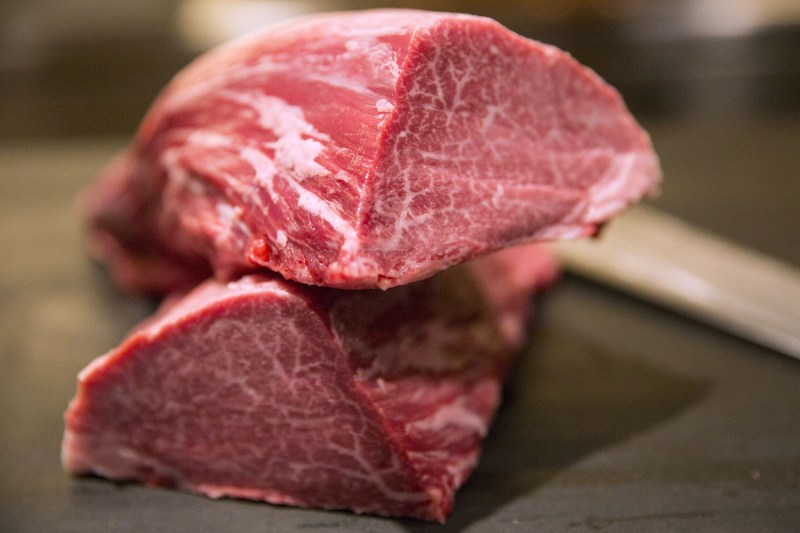
Generally, our senses will tell us what we need to know if we learn to listen.
When purchasing raw beef, it should be red or purple-ish in color, and smell either fresh or of nothing at all. If it has started to turn brown or grey, it’s best to move on.
Pork should be pink and firm, with no traces of green or grey color. Like beef, its smell should be subtle and fresh. If it has an unpleasant odor of any kind, you’ll want to avoid it.
Raw chicken is very similar to raw pork in color, texture, and smell. You’ll be able to detect with both your eyes and your nose if something is amiss. Learn to trust them.
Learn the lingo
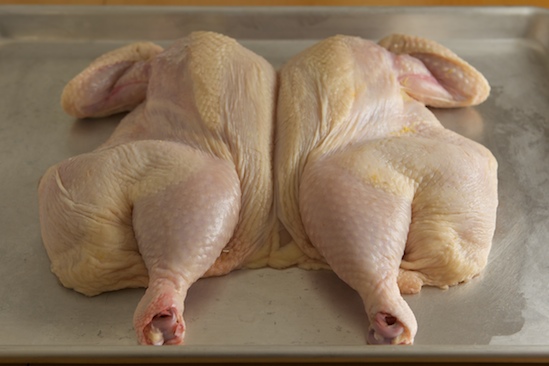
If you’re wanting to impress the shoppers around you, you may want to take the time to learn some butcher counter lingo. You might request that your butcher:
- Bone: To remove the bones from the meat
- Butterfly: To cut thick pieces of meat into a singular thinner, longer portion, leaving a hinge that connects the two sides
- Spatchcock: A method of preparing whole poultry. This is done by removing the backbone and flattening it for more even and quick cooking
- Trim: To remove excess fat from the meat
- Truss: To tie the meat with butcher’s twine so that the meat cooks more evenly and maintains its shape
Make friends with the butcher
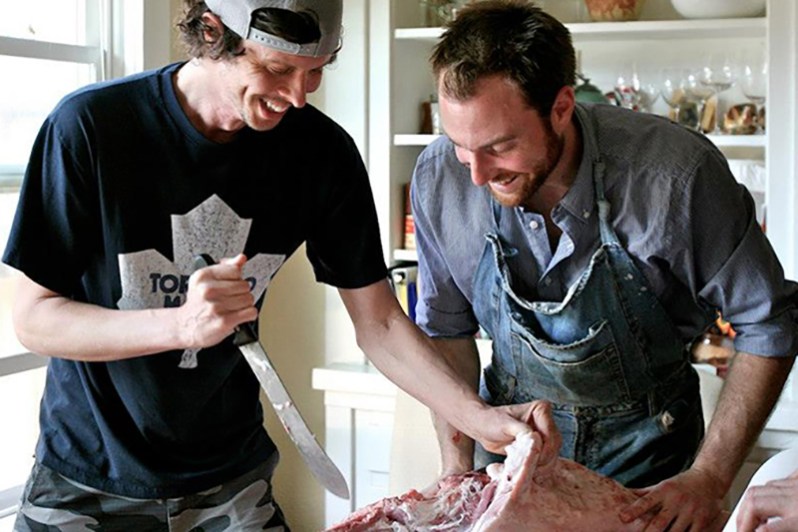
If you’ve got a friend in your local butcher, count yourself lucky indeed. This is the person with all the info, and sometimes, fun perks like extra bones for your furry friends. If you have a knowledgeable butcher, take advantage by asking all the questions – “which cut would you recommend?”, “how do I make this?”, “Do you make these sausages in-house?” There are no wrong questions and, if he or she knows what they’re talking about, they’ll be delighted to share their knowledge with you.
Choose the right cut
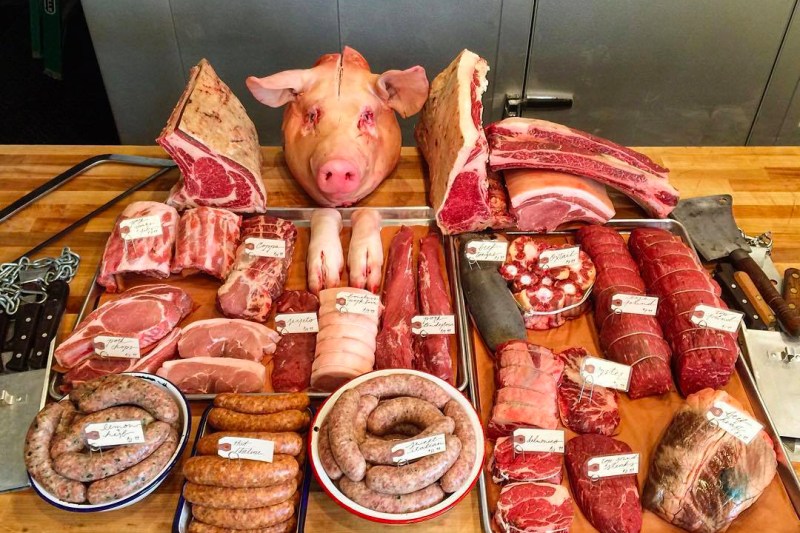
Too often, we think that the priciest cut must be the best option. More times than not, this is completely incorrect. If you’re planning on braising a pot roast, for example, the last thing you’re going to want to do is waste money on an expensive cut of beef that’s best when grilled, for example. On the contrary, if you’re hosting a fancy dinner party and want to impress with beautiful steaks, a chuck roast is probably a bad idea. Do a little research before heading to the butcher counter. Or better yet, ask your new butcher friend for advice.
Work within your budget
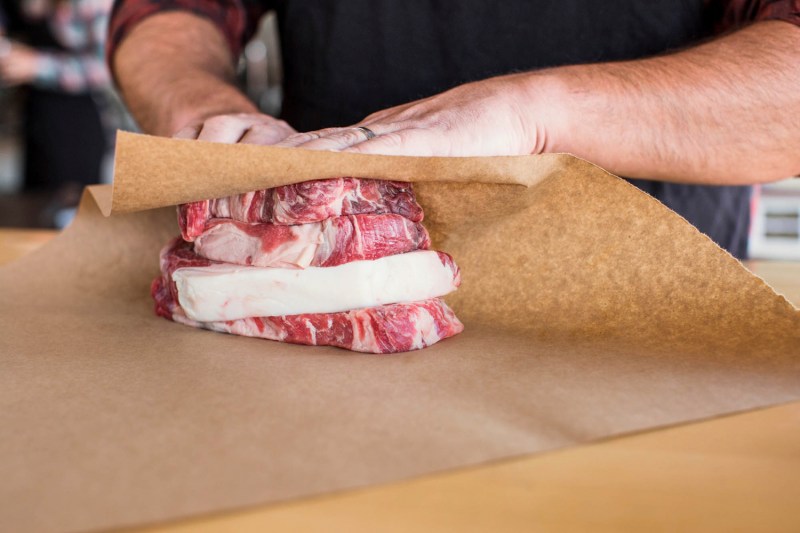
Too often, pride can get in the way and we’re embarrassed to say to the butcher, “I’m looking for something delicious on a budget.” This should not be a shameful thing. It’s no secret that, especially in today’s economy, most people are looking to save a few pennies when it comes to weeknight dinners. If you have a taste for ribeye on a flap steak budget, your butcher can very likely make a recommendation for something that suits your wallet. Just because a certain cut of meat doesn’t have a fancy label or prestigious reputation doesn’t mean it’s any less delicious. Some of the best cuts of meat out there had very humble beginnings. We’re looking at you, flank steak.
Don’t be intimidated
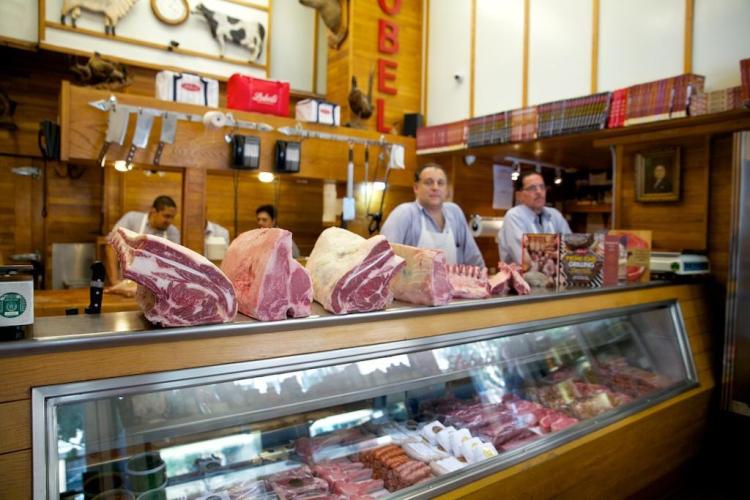
It’s easy to feel overwhelmed when standing in front of the butcher counter. More often than not, the damned section is designed in a pharmacy-like style, with the butchers standing above you by a foot or two, which, frankly, does nothing to settle the nerves you might be having. But rest easy. While the butcher counter can be a confusing place, usually, the people behind it are all too eager to help. Ask questions, take suggestions, and stop worrying. No one is going to judge you for not knowing the difference between an oyster blade and a flat iron.
Editors' Recommendations
- Is honey a superfood? Here are 10 reasons we think so
- How to age fish at home (your new favorite hobby)
- You’ve probably never grilled these 10 foods…but you should
- The 10 best coconut milks for every use
- 11 foods you should never freeze (no matter how much money you save bulk buying)




